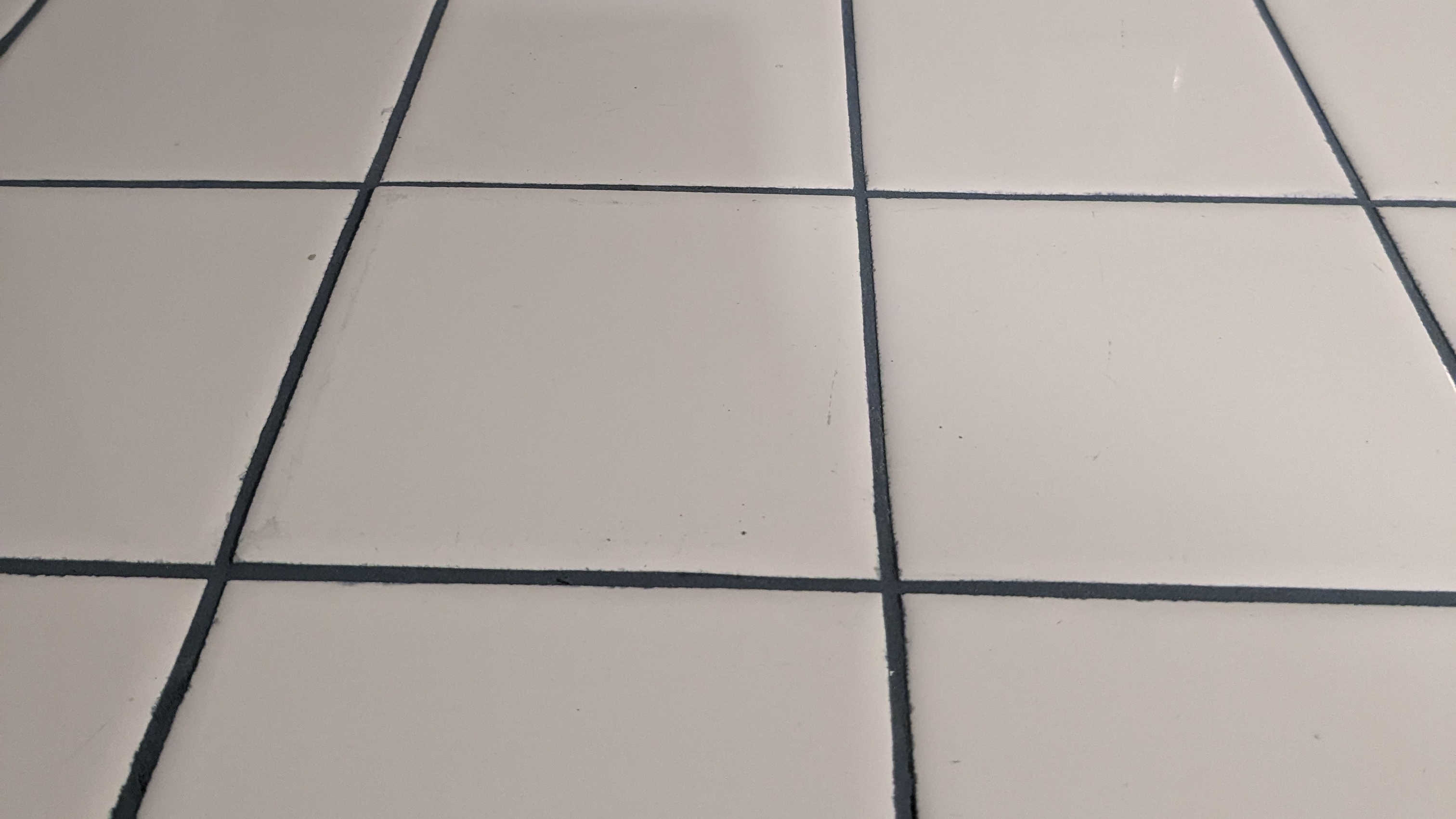The moment you’ve all been waiting for…. Phase Three of our luxury yard renovation. Assuming you’ve already read about Phase One and Phase Two, that is.
But before we get too deep into it, I wanted to tell you that the main reason these projects have been put off until Phase Three is that they’re going to require a COA, a certificate of Appropriateness from the Raleigh Historic Development Commission (RHDC).
Let me back up. Our house is part of a local historic district (Prince Hall Historic District). Because of this historic designation, most changes we make to our yard or the exterior of our house require a COA, which is basically a permit required for properties in historic districts that’s designed to protect and enhance the existing character of the community.
Getting a Certificate of Appropriateness in Raleigh
The process of getting a COA is just annoying enough to make you not want to make any changes. Here’s how it works:
First, you need to review the Design Guidelines for Raleigh Historic Districts and Landmarks to come up with a design that you think will comply with the guidelines. I also recommend contacting the RHDC to talk through your ideas before submitting your official application.
Next, you need to determine if your project is considered Major Work or Minor Work. Minor Work is generally any repair or replacement where there is a change in the design, materials, or general appearance. Major Work involves a change in the appearance of a structure or site, and is more substantial in nature than Minor Work projects, such as new construction, expansion of a building footprint, or significant changes in landscape features.
Despite the huge amount of renovation we did to the house when we first bought it, we did our best to make only minimal changes to the exterior so we were able to quickly go through the Minor Work application process.
Since the time of our initial renovation, the application and payment process has thankfully moved online to the City of Raleigh Permit and Development Portal.
Your COA application will include an application form, written description of the project, and color photographs of existing conditions. Depending on the specific project you’ll also need a scaled drawing of the existing and proposed plan, dimensioned plan, elevation, and detail drawings, a description of materials, detailed manufacturers information, a tree protection plan, and a paint color schedule. If it’s a Major Work application, you’ll also need to submit 10 hard copies and addressed, stamped envelopes for every property within 100 feet of yours.
I’m embarrassed to say that I’ve been really slow at getting this all put together so I don’t have examples to show you yet. Like it’s been at the top of my to-do list since sometime in February.
A Minor Work application takes about two weeks to be reviewed by the Raleigh Historic Development Commission staff so it’s a reasonably quick turn around if you have all your ducks in a row. Once approved, they’ll provide you with a blue placard that must be posted in public view while performing the approved work.
Major Work applications, on the other hand, are reviewed by the COA Committee of the Raleigh Historic Development Commission in a quasi-judicial evidentiary hearing held once per month and must be submitted at least 30 business days prior to the meeting. At least 10 days before the meeting, you’ll receive a copy of the meeting agenda and staff report and will have a public notice sign posted on your property. The owners of properties within 100 feet of your property will be sent a letter and meeting agenda as well. Notice of the meeting is also published as a legal ad in the newspaper. At the COA Committee meeting, you and any other parties who wish to speak do so when the case is called. The COA Committee then decides to approve, approve with conditions, defer (usually to provide you an opportunity to gather additional information supporting your application), or deny the application. If your application is deferred, you will have to wait another month until the next meeting.
Simple, right?
Front yard Phase Three
The main thing we have remaining to do in the front yard is add a walkway from the sidewalk to the front porch. Currently you just have to walk through the grass, which is fine, but I think a walkway would really class it up and also I’d have less grass to mow.

Our porch steps are almost 10 feet wide, and the distance from the sidewalk to the steps is less than 12 feet long so if we made our walkway the full width of the porch steps, it would basically look like a square patio. So instead, we thought we’d make it narrower, maybe 5 feet wide, and then plant some pretty flowers or other pretty greenery on either side of the walkway so the entire project would still be 10 feet wide to line up with the porch steps. The walkway would then widen to the full width for the last couple feet before the steps start which would allow people to use the railing to climb the steps and not start or end their climb in a flower bed.
As far as materials go, my hope was to reclaim some bricks from a demolition/renovation project in the neighborhood. As luck would have it, I actually saw some bricks on the curb two blocks away yesterday so I loaded ’em up. These are from a chimney in a 1880s folk Victorian house that was moved 6 blocks to avoid demolition. It’s original location has been replaced with a surface parking lot.

I’ll need more bricks, but this is a good start. I plan to lay them in a herringbone pattern, something like this.

This will qualify as a Minor Work project and when I spoke with someone at RHDC, she said it should have no problem being approved for a COA when I get around to submitting my application.
Backyard Phase Three
Phase Three in the backyard will be the addition of a storage shed in the back right corner of the yard. It will be the new home for our bikes and power tools and yard tools and some camping equipment and a temporary home for projects I’m working on.

A shed smaller than 12’x12′ counts as minor work. Any larger than that and it’s considered major work. Since our yard isn’t exactly huge, 12’x12′ feels pretty big, definitely big enough, but not not overwhelmingly huge and I’d rather err on the side of having too much storage space than having too little. For context, the garden on the left side is 8 feet at its widest and deepest, though I plan to extend it to 12’x12′ as well so I guess there would be some symmetry. Going down to a 10’x10′ sounds like only a couple feet smaller, but it would actually be almost a third smaller (math), so I think we’re going to go for a 12’x12′. I requested a quote from a local shed building company who has done a number of sheds for other historic properties (so I know they are capable of building something that would get approved), but I haven’t heard back yet.
We’ll likely end up with something more or less like this but painted to match our house.

Since we’re planning for a 12×12 shed, that also saves us from having to get a building permit, which are only required for accessory structures with any dimension greater than 12 feet. However we will still need a Land Use Permit which we can apply for only after getting the COA. Application for this permit apparently includes a property survey with the proposed shed added to it, including dimensions and setbacks to property lines. Zoning rules dictate that any structure smaller than 150 sq ft and a height of less than 10 feet needs to be at least 5 feet from the sides and rear property lines, so we’ll place it in the back right corner, 5 feet from the back and right side fence. So once we have the COA, this process should be fairly straightforward.
I’ll let you know how it all goes!





Leave a Reply